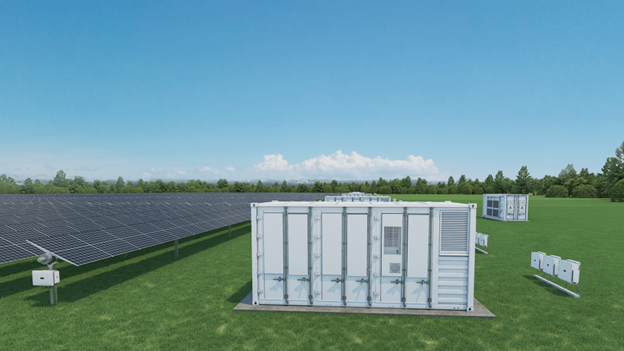In an era where the balance between energy demands and environmental preservation is critical, the significance of energy storage systems has magnified. These systems, pivotal in the transition to renewable energy sources, are at the forefront of sustainable development. This article delves into how grid energy storage impacts the environment and its evolving role in fostering a sustainable future.
Environmental Impact and Sustainability
Traditional energy storage systems, while effective, often come with substantial environmental costs. The production and disposal of batteries, for instance, involve hazardous materials and can lead to significant ecological damage. Sustainable energy storage, however, aims to mitigate these impacts. By supporting renewable energy sources like solar and wind, these systems help in reducing dependency on fossil fuels and in cutting down carbon emissions. As the world grapples with climate change, the sustainability of energy storage becomes increasingly vital.

Grid Energy Storage in Sustainable Development
Energy storage is indispensable in sustainable development. It stabilizes power grids, particularly with the fluctuating nature of renewable energy sources. For example, solar power is intermittent, but with efficient storage systems, energy harnessed during sunny periods can be stored for use when sunlight is scarce. Furthermore, in remote or less developed regions, energy storage plays a pivotal role in community development. It enables access to reliable power where traditional grid infrastructure is absent, significantly improving living standards and fostering economic growth.
Environmental Benefits of Grid Energy Storage
Grid energy storage systems offer considerable environmental benefits. By smoothing out the variability of renewable energy sources, these systems reduce the reliance on polluting fossil fuel power plants. This transition significantly lowers greenhouse gas emissions, a major contributor to global warming. Case studies from around the world demonstrate the positive environmental impact of grid energy storage. For instance, in regions where these systems have been implemented, a notable decrease in air pollution and carbon footprint has been observed, contributing to a healthier and more sustainable environment.
Lifecycle Analysis and Carbon Footprint
A comprehensive lifecycle analysis of energy storage systems reveals their overall environmental impact. This analysis considers everything from resource extraction and manufacturing to usage and disposal. The carbon footprint varies among different storage technologies; for example, lithium-ion batteries, commonly used in electric vehicles and grid storage, have a different environmental profile compared to lead-acid or flow batteries. It's crucial to compare these footprints to those of traditional energy systems, as the goal is to achieve an overall reduction in environmental impact. Advances in technology and manufacturing processes are continually improving the sustainability of these storage systems.

Recycling and Disposal of Storage Materials
Recycling and disposing of storage materials pose significant challenges. As the use of energy storage systems expands, so does the need for effective recycling methods to handle end-of-life batteries and other components. Currently, the recycling rate for most storage materials is low, partly due to technical complexities and economic factors. However, advancements in recycling technologies are emerging, promising more sustainable and cost-effective solutions. Proper disposal is equally important to prevent environmental contamination. Governments and industries are increasingly focusing on developing regulations and techniques to ensure safe and eco-friendly disposal methods.
Future Directions for Eco-friendly Storage Solutions
The future of energy storage is bright with eco-friendly innovations. Emerging technologies, like solid-state batteries and environmentally benign materials, are paving the way for more sustainable storage solutions. These advancements promise higher efficiencies, longer life spans, and reduced environmental footprints. As research and investment continue in this field, the integration of these advanced storage solutions into the energy grid is expected to accelerate, further bolstering sustainable development efforts.
Conclusion
The grid energy storage is a cornerstone in the quest for a sustainable future. By understanding its environmental impacts and embracing advancements in technology, we can significantly enhance the sustainability of our energy systems. As this field evolves, it will continue to play a crucial role in achieving global sustainability goals, urging us to remain committed to innovation and progress in energy storage solutions.


